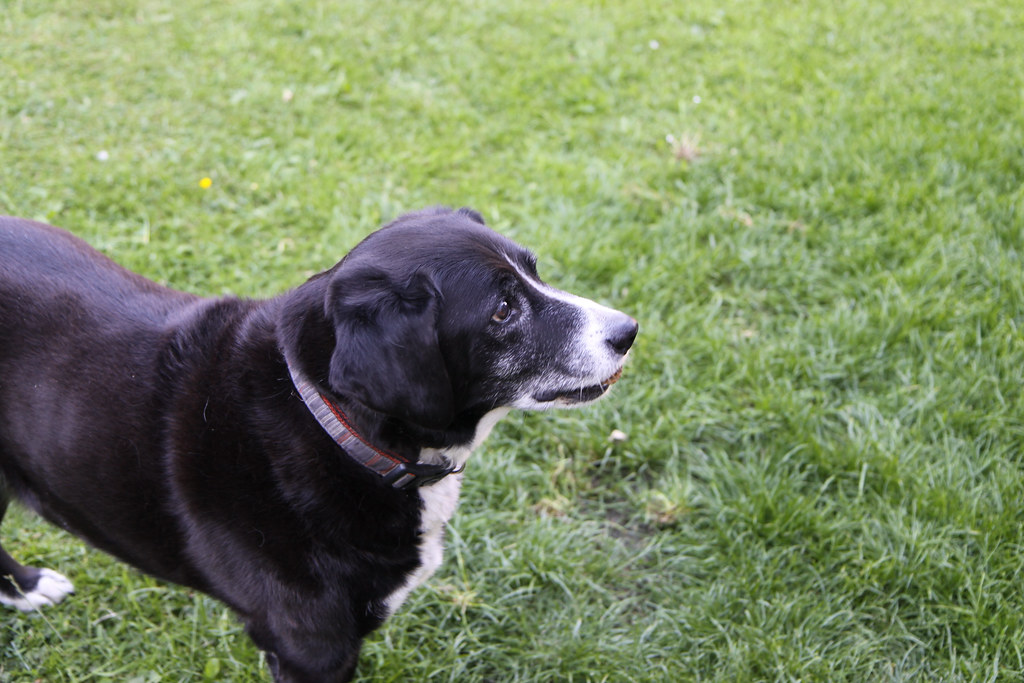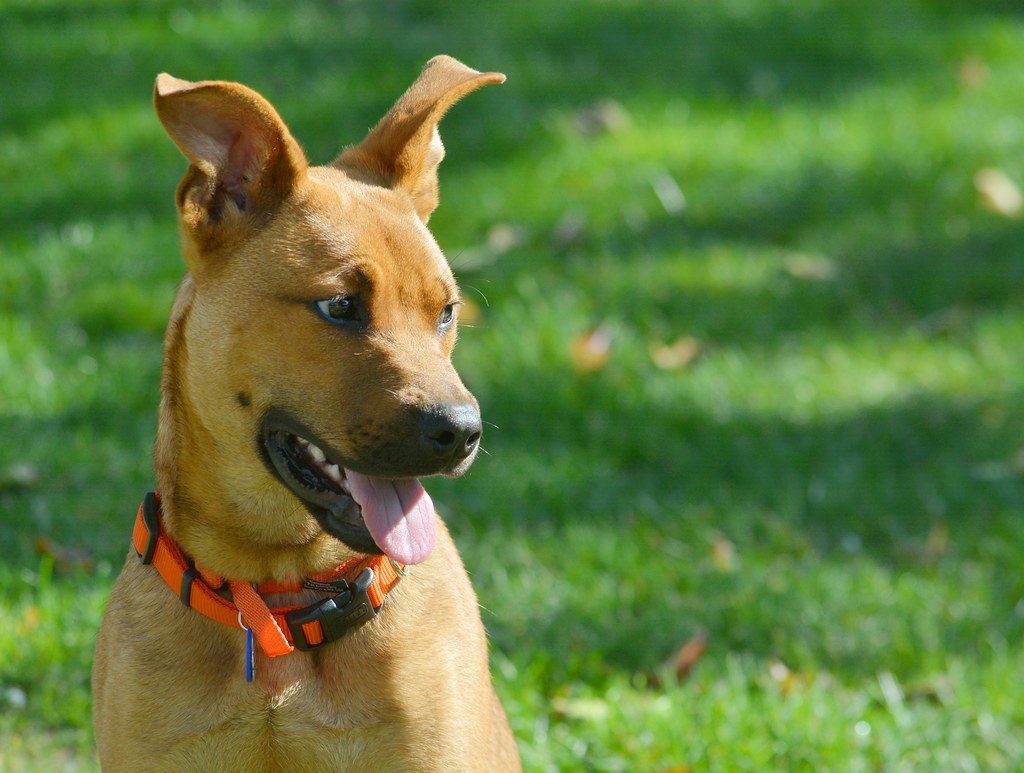
So, life’s gotten a little crazy lately, right? Our routines have been shifting like wild, whether you’ve been working from home for ages and now you’re commuting again, or the kids are heading back to school after a summer of constant cuddles. The thing is, while we’re adapting to our new normal, our furry best friends are right there with us, and sometimes, they get a little confused or even anxious when their human family members aren’t around as much. Pets absolutely thrive on routine, and any big changes can throw them for a loop!
It’s totally normal to feel a pang of guilt (or even outright panic!) thinking about your beloved dog or cat spending a good chunk of the day by themselves. Many pets struggle with what we call separation anxiety when their owners aren’t at home, and it can manifest in all sorts of ways. We’re talking everything from house-soiling accidents and endless barking to destructive chewing, shaking, or even trying to escape. Trust us, it’s just as stressful for pet parents as it is for our pets, but here’s the good news: there are tons of things you can do to ease this transition and set your pet up for success.
We’ve rounded up some expert advice and super practical tips to help you prepare your dog or cat for those longer stretches of alone time. Think of this as your ultimate guide to ensuring your pet feels safe, secure, and totally chill when you’re out living your busy life. Let’s dive in and make sure your pet’s alone time is the best time, starting with these first seven crucial steps!
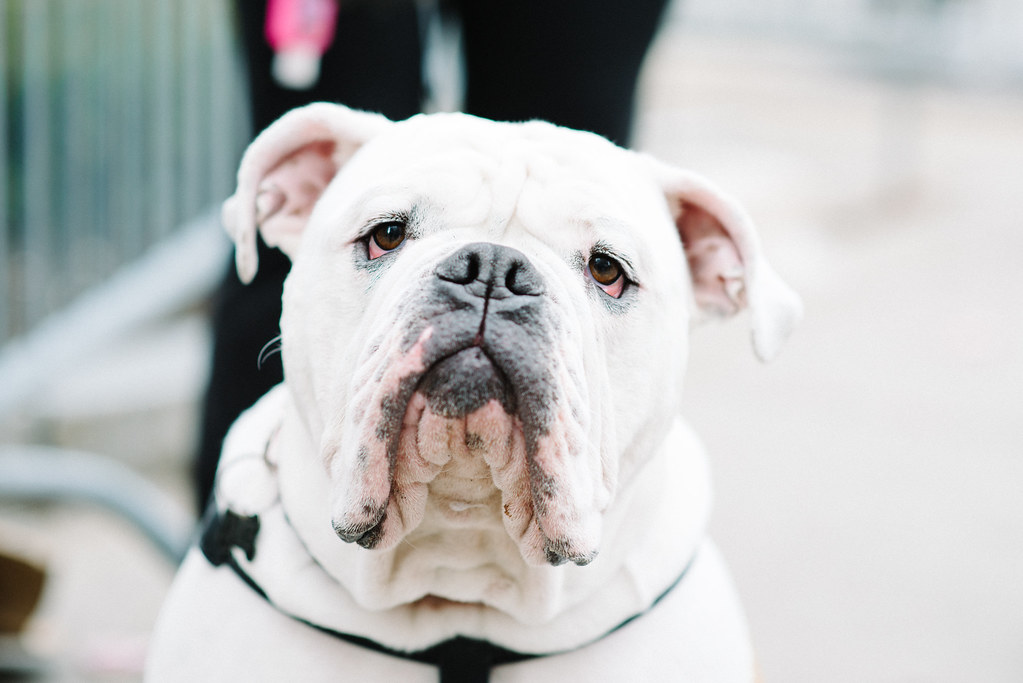
1. **Re-Establish a Consistent Routine**Consistency is key when it comes to happy, well-adjusted pets. If your schedule has been all over the place lately, it’s time to start mimicking the routine you plan to maintain once you’re regularly out of the house for 10 hours. This isn’t just about feeding times; it’s about walks, playtime, and even when your pet expects you to be up and about. Dogs and cats are creatures of habit, and a predictable schedule helps them feel secure and understand what’s coming next.
Professional dog trainer and co-founder of Dog is Good, Gila Kurtz, emphasizes that we “owe it to our pets to ease them back into the routine they will need to adapt to again.” So, if you’re planning on 10-minute walks during your lunch break once you’re back at the office, start doing those 10-minute walks now, even if you’re still working from home. Veterinary behaviorist Dr. Valarie Tynes also advises, “Start mimicking a schedule that you think you can maintain when you go back to work.” It’s all about proactive adjustment!
Begin making these routine changes a few weeks before your schedule actually shifts. Gradually incorporate ‘alone time’ into their usual day. This could mean adjusting their meal times, their morning walk schedule, or even when you engage in active play. The goal is to gently guide them into the new rhythm, making the actual transition feel less abrupt and stressful.
By building up this new routine, you’re not just creating structure for your pet; you’re also helping to reduce their anxiety about the unknown. They’ll learn to anticipate events, which can be incredibly comforting. A consistent schedule signals stability and predictability, two things that are golden for a pet’s mental well-being when you’re not physically present.
Read more about: Decoding the Price Tag: 11 Historical Pricing Strategies That Shaped Modern Business and Society
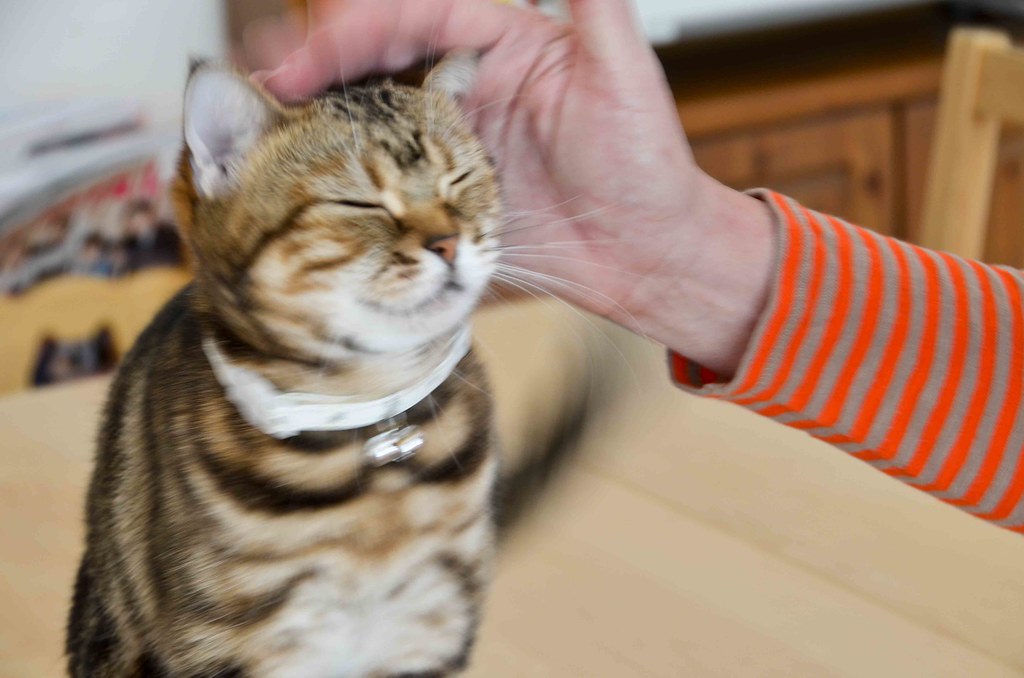
2. **Create Dedicated Safe Spaces**Your pet might be used to being your shadow, following you from the kitchen to your home office, but when you’re gone for extended periods, they need their own designated haven. This isn’t just any spot; it’s a safe, comfortable, and comforting area where they can relax and feel secure. Think of it as their personal sanctuary, a place where they know they can unwind without feeling exposed or anxious.
For dogs, this safe space might be a cozy crate, a comfortable bed tucked away in a quiet corner, or even a gated area. Make sure it’s equipped with everything they need: puzzle toys to keep their minds busy, soft blankets for snuggling, and plenty of fresh water. The idea is to create an environment that feels protected and inviting. If you’re wondering how to get started with crate training, remember that many dogs who are properly crate trained feel more secure in their crate—it’s like having their own room with their favorite things.
Cats, on the other hand, often enjoy exploring and climbing, so their safe space might look a little different. A cat tree, ideally perched in front of a window, offers them a vantage point to survey their surroundings, climb, scratch, and safely observe the outdoors. Ensure their area also has easy access to their litter box and a drinking fountain. Cat trees are fantastic for physical health and exercise, but they also provide vital mental stimulation.
The trick is to get your pet comfortable and familiar with their safe space *while you’re still at home*. Encourage them to use it by rewarding them with treats and praise when they settle in. This positive association will help them view it as a desirable retreat, rather than a place they’re confined to when you leave. You can even practice leaving them in their safe space for short periods, like when you take a walk around the block by yourself, reinforcing that it’s a good place to be.
Read more about: The Unwanted Legacy: 14 Classic Sedans and Muscle Cars Younger Buyers Are Steering Clear Of

3. **Gradually Introduce Alone Time**One of the biggest mistakes pet parents can make is suddenly leaving their pet alone for a full 10 hours after a period of constant companionship. It’s like ripping off a band-aid—ouch! Instead, you need to slowly and systematically get your pet accustomed to your absence. This process, often called systematic desensitization, involves breaking down your departure routine into small, manageable steps and gradually building up the time they spend alone.
Start small, with departures that last only a few minutes. This could be a quick trip around the block or grabbing the mail. The key is to slowly increase the duration of your absence. The context advises building up the time they are left alone gradually, perhaps by around 15 minutes each time. During these practice sessions, you can even offer treats or toys as positive reinforcement, helping them create a positive association with your temporary absence.
Systematic desensitization also involves practicing the individual steps of your departure routine without actually leaving. Imagine simply putting on your shoes, grabbing your keys, or touching the doorknob, then putting them back down and returning to what you were doing. This helps to neutralize these cues, teaching your pet that these actions don’t always mean you’re leaving for good. When you do leave, keep exits and returns low-key, avoiding big, emotional goodbyes or excited reunions.
Over time, you can extend these practice absences to half a day, perhaps for a safe day trip or an outdoor picnic. The goal is to help your pet understand that you leaving is a normal part of life and that you will always return. This gradual exposure helps to put their minds at ease and reduces the shock of being left alone for longer durations, making the 10-hour stretch feel less daunting for them.
Read more about: Beyond the Battlefield: The 12 Most Pivotal Automotive Innovations Forged in the Fires of World War II

4. **Keep Departures and Arrivals Low-Key**We all love a enthusiastic greeting from our pets when we walk through the door, but did you know that an overly excited arrival can actually contribute to separation anxiety? It’s true! When you make a big fuss about leaving or returning, you inadvertently reinforce the idea that your coming and going is a huge, highly emotional event. For pets prone to anxiety, this can escalate their stress levels rather than calm them.
The trick is to keep your departures and arrivals as low-key as possible. When you’re getting ready to leave, avoid dramatic goodbyes. While you don’t want to sneak out entirely (your sudden disappearance can be scary for some dogs and cause anxiety), a simple, calm “Be good, I’ll be back” can serve as a predictable signal without creating a huge fuss. Maintaining a relaxed energy yourself helps encourage your pet to stay relaxed as well, as they often pick up on our own emotional states.
When you return home, resist the urge to immediately engage in a big, boisterous greeting. Ignore your dog or cat for the first few minutes as you set down your things, take off your coat, and settle in. This allows them to calm down from their initial excitement. Once they’ve settled and are no longer jumping or vocalizing excessively, then you can initiate a calm greeting and some gentle play. This teaches them that a relaxed demeanor gets them attention faster.
In fact, some pet parents find success by teaching their dog a “Go to Bed” command to use upon arrival. This helps create an even more settled arrival routine, preventing crowded entryways or tripping hazards, especially with multiple pets. The goal is to teach your dog that humans coming and going isn’t a huge event, fostering a sense of neutrality and reducing the emotional intensity around your comings and goings. It’s about predictability and calm, not excitement.
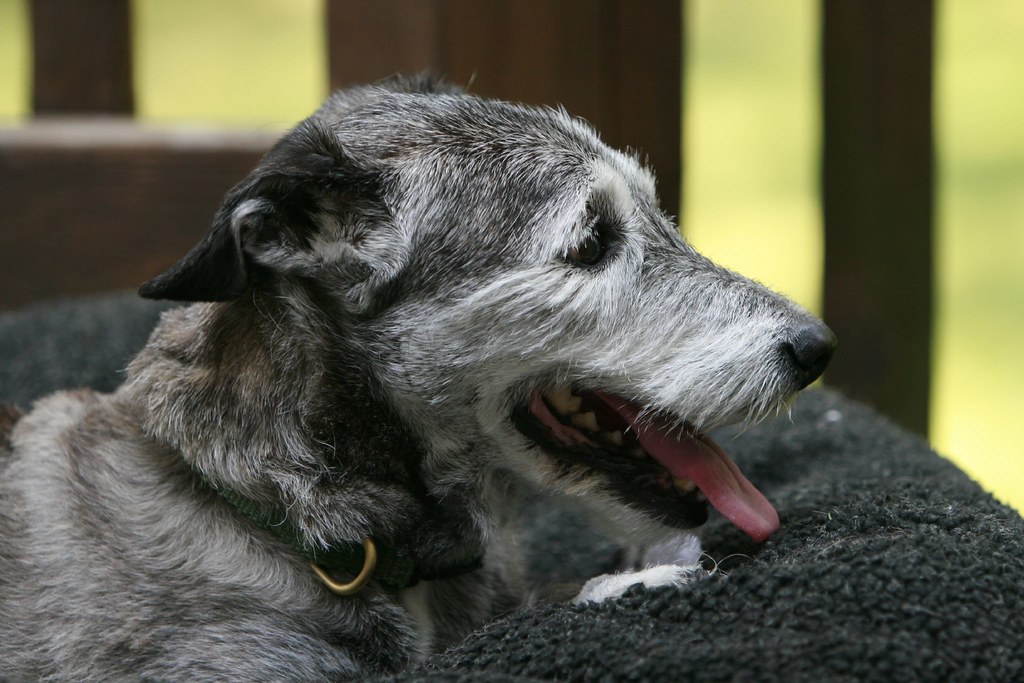
5. **Ensure Ample Exercise and Mental Stimulation**If you’re anything like us, you know that a good workout can make you feel tired and ready for a nap. The same goes for our pets! Ensuring your dog or cat gets enough physical exercise before you leave them alone for 10 hours is absolutely crucial. A tired pet is a happy pet, and more importantly, a pet more likely to snooze peacefully while you’re away rather than pacing or engaging in destructive behaviors stemming from pent-up energy.
But it’s not just about physical exertion; mental enrichment is just as important, if not more so! Working their brain helps to tire them out just like going for a long walk. Engaging their minds can prevent boredom, which is a major trigger for anxiety and unwanted behaviors. If they’ve had a solid mix of both physical and mental stimulation, they’ll be far more likely to relax and sleep during your absence.
There are so many awesome ways to provide mental enrichment. Take your dog on a “sniffari,” allowing them to explore and exercise their incredible sense of smell. Teach them a new trick using clicker training, which is a fantastic brain workout. You can also make a dog puzzle for your pup to solve or play Hide and Seek, which builds strong training cues and provides both physical and mental exercise, perfect for a rainy day. Even feeding their regular meals using a puzzle bowl or a snuffle mat can turn mealtime into an engaging challenge.
For more ideas, remember that enrichment activities can be tailored to your dog’s breed or breed mix, helping to meet their instinctual needs. For cats, interactive toys that satisfy their hunting and prey instincts are a great shout. By burning off energy and providing engaging activities before you head out, you’re setting your pet up for a much calmer and more contented day alone. It truly burns energy and encourages resting when alone, helping to prevent boredom-related damage to your furniture or belongings.
Read more about: Transitioning from the Pros: 13 High-Impact Side Gigs for Former Athletes to Achieve 6-Figure Success Post-Retirement
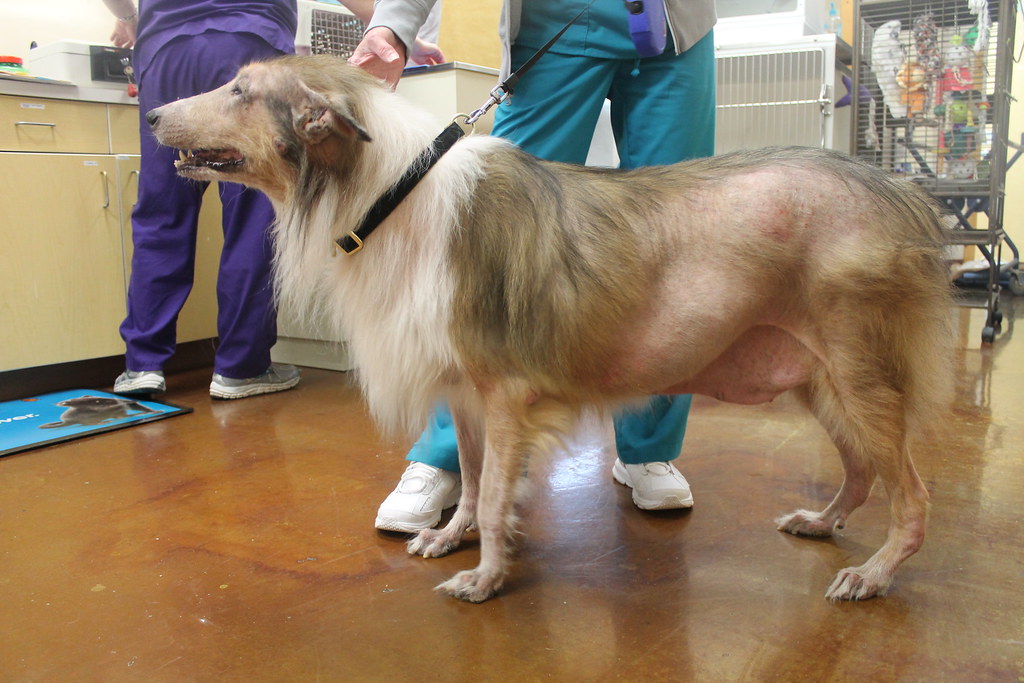
6. **Arrange for Pet Sitters or Check-Ins**Let’s be real, 10 hours is a long stretch for any pet to be completely alone, especially if they’ve gotten used to constant companionship. Your pets have probably gotten used to some company and maybe even some extra potty breaks or walks throughout the day. So, to keep them exercised, entertained, and happy during those longer absences, arranging for a mid-day check-in is a fantastic idea.
This doesn’t always have to be a professional. You might have a trusted friend, family member, or neighbor who can swing by. The key is to have someone reliable who can pop in, take your dog for a bathroom break, ensure they have fresh food and water, and engage in some playtime. These drop-in visits can make a huge difference for pets who struggle with long stretches alone, offering a much-needed break and some human interaction.
If a friend or family member isn’t available, now is a great time to explore local dog walkers or professional pet sitters in your area. Services like Rover can help you find reliable professionals. These experts are equipped to come by during the day and spend quality time with your dog or cat, providing not just physical relief but also mental stimulation and companionship. They can also help identify emergency veterinary situations, giving you extra peace of mind.
Even if your pet is well-trained to be left alone, a mid-day visit can prevent boredom, stave off anxiety, and ensure their basic needs are met. It’s also crucial for pets that might need medication or simply thrive on more frequent interaction. Knowing someone reliable is checking in can make all the difference for both your pet’s well-being and your own peace of mind while you’re away.
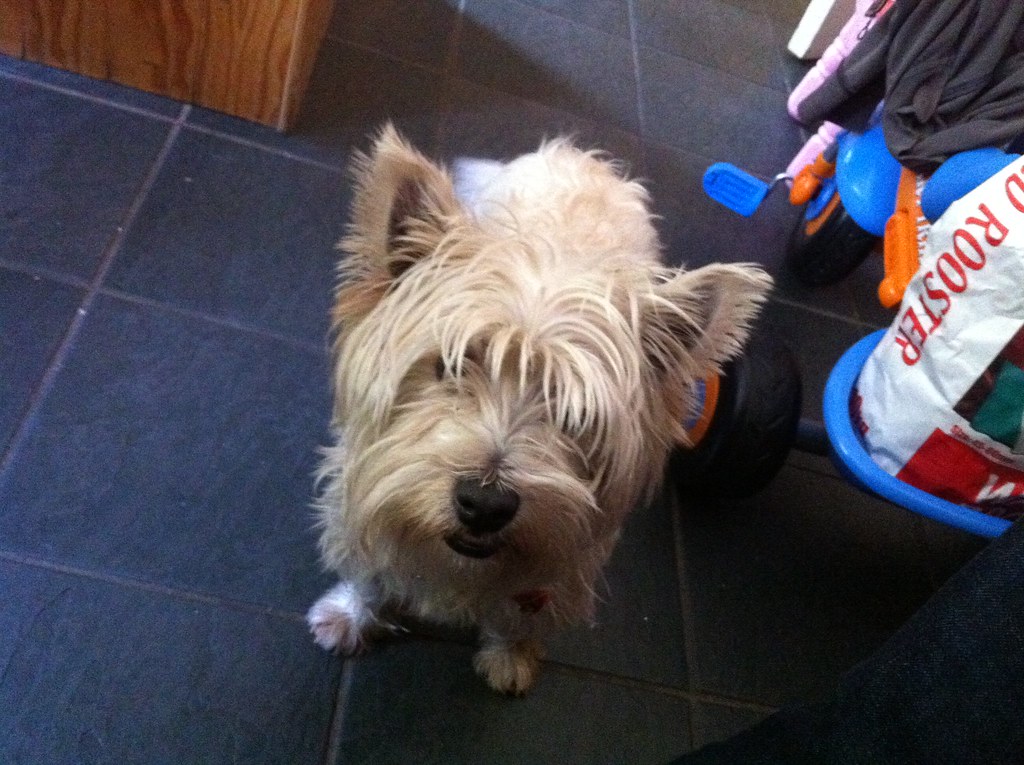
7. **Utilize Calming Aids and Chews**Sometimes, even with the best routines and safe spaces, our pets might still feel a little stressed or anxious when we’re gone. That’s where calming aids and chews can come into play as a supportive tool. Many pet parents have found these products effective and safe for helping to reduce suffering related to stress and separation anxiety. They’re like a little extra hug for your pet when you can’t be there yourself.
When choosing calming oils or chews, it’s super important to look for products that are third-party tested and veterinarian formulated. This ensures you’re giving your pet something you can trust, with reliable ingredients and dosages. Beyond CBD, which many find helpful for reducing stress, other ingredients known to help keep your pet at ease include chamomile, melatonin, and L-tryptophan. These natural compounds can promote relaxation without heavy sedation.
Another excellent option, particularly for cats (but also for dogs, as there are dog-specific versions), are pheromone diffusers. For felines, a cat pheromone diffuser like Feliway contains synthetic chemicals that mimic naturally occurring calming pheromones. These products are safe to use, easy to refill, and effective at reducing anxious behaviors such as excessive scratching or marking. Similarly, plugging in a dog pheromone diffuser near their designated safe area can create a more serene atmosphere.
Beyond diffusers, playing soothing music or leaving a radio or TV on at a low volume can also provide comforting background noise, masking startling outdoor sounds and making the home feel less empty. The goal of these aids is to create an environment and internal state that helps your pet feel more comfortable and less overwhelmed by your absence. They are valuable tools in your toolkit for fostering a sense of calm and well-being.
Let’s continue our journey to creating a calm and happy environment for your pet, even when you’re tackling your busiest days! After laying down those crucial foundational routines, it’s time to dive into some amazing supportive products, smart tech, and advanced strategies that can truly make a difference. These next steps are all about giving your pet that extra layer of comfort, entertainment, and safety, ensuring they feel secure and cherished during those solo hours.
8. **Embrace Specialized Comfort Items: Thundershirts and Calming Beds**Even with the best preparation, some pets still need a little extra TLC to feel truly at ease when you’re away. That’s where specialized comfort items like the Thundershirt and calming beds come into play. These aren’t just ordinary accessories; they’re designed with your pet’s emotional well-being in mind, offering a physical sense of security that can be incredibly reassuring.
For our anxious canine companions, the Thundershirt is a total game-changer, often recommended by behaviorists, trainers, and veterinarians alike. Think of it as a gentle, continuous hug for your dog, applying a soothing pressure that can help them feel protected and at ease, much like how swaddling comforts a baby. It’s an easy-to-use wrap that can significantly reduce stress-related behaviors during your absence.
And if your dog loves to burrow and snuggle, a calming bed might just be their new favorite spot! Unlike traditional beds, these are specifically designed to surround your dog, creating a cozy nest that provides a feeling of safety and security. They’re perfect for pets who seek comfort in enclosed spaces, offering a dedicated retreat where they can relax and feel protected.
By introducing these specialized comfort items, you’re giving your pet an additional tool to self-soothe and feel more secure. Whether it’s the gentle pressure of a Thundershirt or the enveloping warmth of a calming bed, these products can make a huge difference in transforming alone time from stressful to serene.
9. **Unleash the Power of Interactive Puzzle Toys**We talked about mental stimulation in Section 1, but let’s be real – keeping your pet’s brain busy while you’re out is pure genius! Interactive puzzle toys are an absolute must-have in your arsenal for preparing your pet for alone time. They’re not just fun; they’re super effective at preventing boredom, which is often the root cause of destructive behaviors when pets are left unattended.
These clever contraptions often hide treats, challenging your pet to use their paws and noses to figure out how to get the yummy rewards. This isn’t just about getting a snack; it’s a serious mental workout! They have to problem-solve, strategize, and engage their natural instincts, which can be incredibly tiring in the best possible way. A mentally stimulated pet is a happy pet, and more likely to relax once the puzzle is solved.
The beauty of puzzle toys is their versatility. There are options designed specifically for dogs, from KONGs you can stuff with their favorite spread to more intricate treat-dispensing gadgets. For cats, interactive toys can satisfy their hunting and prey instincts, keeping them engaged and entertained without your direct involvement. Make sure to choose safe options, like the Toppl by West Paw, especially for unsupervised play.
To make these toys extra special, try implementing “counterconditioning.” This means keeping certain high-value interactive toys or food puzzles exclusively for when you leave. When you get ready to head out, hand over the puzzle. When you return, calmly put it away. This teaches your pet that your absence is associated with something enjoyable and exciting, turning solo time into treat time!
Read more about: Louie’s Heartfelt Goodbye: What His Silent Sorrow Teaches Us About Our Grieving Feline Friends
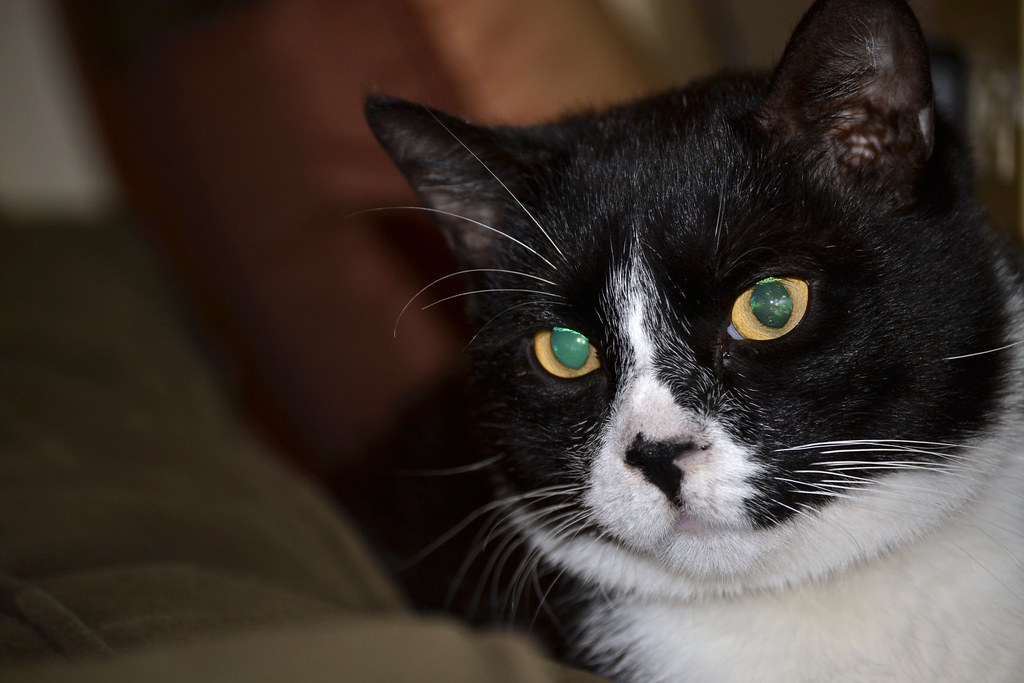
10. **Curate Feline-Specific Comforts: Cat Trees & Pheromone Diffusers**Our fabulous felines have their own unique needs when it comes to feeling comfortable and secure, especially when they’re holding down the fort solo! While dogs might love a cozy crate, cats often thrive with opportunities to climb, survey, and engage their instincts. That’s where specialized feline comforts like cat trees and pheromone diffusers become indispensable.
A fantastic cat tree, ideally positioned in front of a window, offers so much more than just a place to nap. It provides your feline friend with a prime vantage point to safely observe the outside world, satisfying their natural curiosity without exposing them to danger. Plus, it gives them vertical space to climb and scratch, which is vital for their physical health, exercise, and mental stimulation – all crucial for preventing boredom and anxiety.
Beyond physical structures, cat pheromone diffusers, like Feliway, are a secret weapon against feline anxiety. These clever devices release synthetic chemicals that mimic naturally occurring calming pheromones, which signal safety and security to cats. They are safe to use, easy to refill, and incredibly effective at reducing anxious behaviors such as excessive scratching, inappropriate marking, or general unease when you’re not home.
By offering a stimulating environment with a cat tree and supplementing it with the calming influence of pheromone diffusers, you’re creating a multi-sensory sanctuary tailored specifically for your cat. These feline-focused solutions help ensure your kitty feels grounded, happy, and relaxed, making those hours alone a purr-fectly peaceful experience.
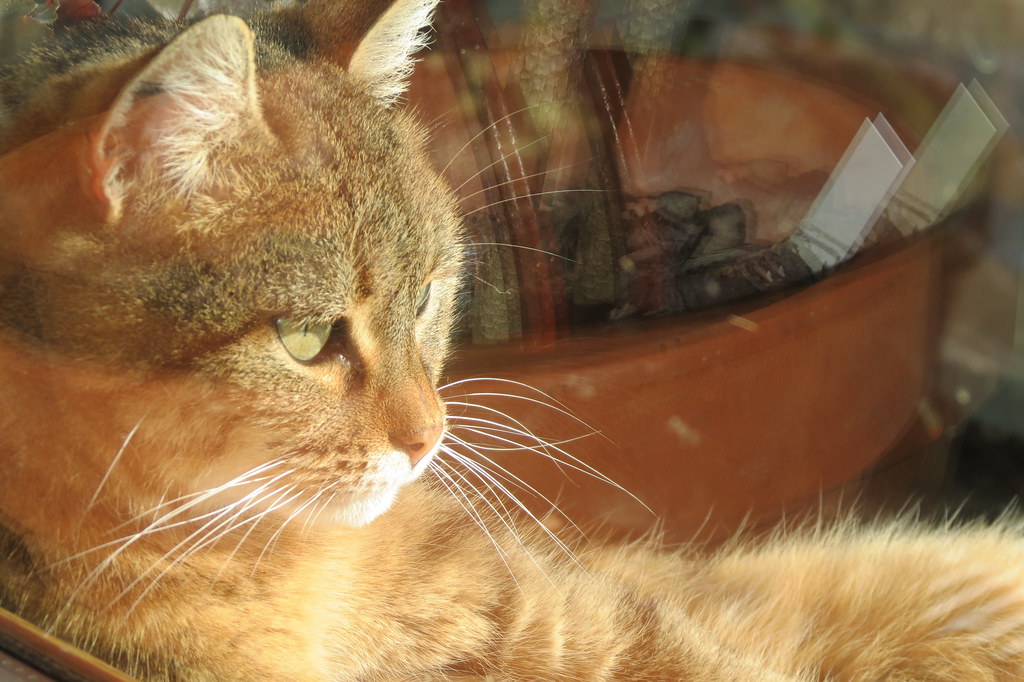
11. **Monitor with Smart Pet Technology: Cameras & GPS Trackers**Feeling a little anxious yourself about leaving your furry friend? Modern pet technology has got your back! Investing in smart monitoring systems like pet cameras and GPS trackers can provide invaluable peace of mind, allowing you to stay connected and keep an eye on your pet, even when you’re miles away. It’s like having a little guardian angel watching over them.
Pet cameras are a game-changer for many pet parents. They allow you to monitor your pets in real-time, giving you peace of mind and the ability to check in at any moment. The best ones even come with two-way speakers, so you can communicate with your dog or cat, hear their barks or meows, and offer a comforting word. Some even boast built-in vet chat features, which can be incredibly handy if you spot suspicious behavior while you’re out!
And for those adventurous pups (or even curious kitties who might dart out an open door), pet GPS trackers are an absolute must-have. These clever devices attach to your pet’s collar, allowing you to track their location in real-time. This ensures they stay safe and secure, providing an extra layer of protection against the dreaded “escape artist” tendencies. Knowing exactly where your pet is can be a huge stress reliever!
While these monitoring systems are fantastic for giving you peace of mind, remember they aren’t a substitute for physical companionship or a mid-day check-in for extended absences. However, they are powerful tools for staying connected, understanding your pet’s alone-time behaviors, and quickly responding if something seems amiss, ensuring their safety and your peace of mind.
Read more about: The 12 Unsung Heroes: ‘Dumb’ Tech Gadgets That Actually Deliver Value and Are Worth Every Penny
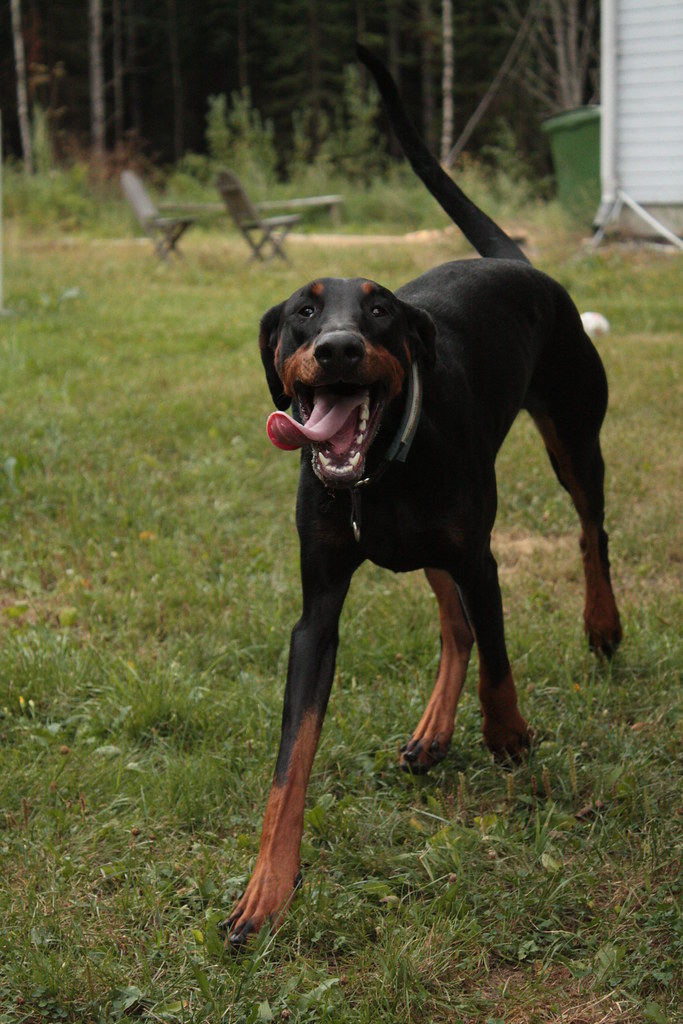
12. **Automate Care for Seamless Needs: Feeders & Waterers**Keeping your pet on a consistent schedule is paramount, and that includes their meal and hydration times! When you’re out for 10 hours, it can be tricky to ensure they stick to their usual routine. That’s where automated care systems like automatic feeders and water drinkers become absolute lifesavers, ensuring your pet’s basic needs are met without you having to be physically present.
Automatic feeders are brilliant for maintaining a regular feeding schedule. You can pre-set specific meal times, and the feeder dispenses the correct portion, keeping your pet’s routine consistent even if you’re stuck in traffic or a meeting runs long. This predictability is incredibly comforting for pets and can prevent anxiety related to hunger or a missed meal, making alone time much smoother.
Hydration is just as important! Automated water drinkers, often in the form of drinking fountains, ensure a constant supply of fresh, filtered water. Many pets are even more enticed to drink from flowing water, which is fantastic for their overall health. Leaving fresh water in multiple locations is always a good idea, especially on warm days, but an automated system guarantees consistent access.
For even more convenience, and especially for our feline friends, consider options like cat flaps or ways for your dog to enter and return from outside areas unassisted (if your home setup allows for a secure outdoor space). While not strictly automated, they facilitate independent access. These automated solutions, combined with dedicated potty areas like pee pads or an extra litter box, ensure your pet’s essential needs are handled seamlessly throughout the day.
13. **Optimize Home Environment for Safety and Comfort**Creating a safe and comfortable home environment isn’t just about providing toys; it’s about minimizing risks and maximizing coziness when you’re not there. Think of it as pet-proofing your pad, ensuring every corner is ready for solo adventures, or peaceful naps. A little proactive planning goes a long way in preventing accidents and fostering a sense of security for your furry friend.
First things first: safety! It’s crucial to secure any hazardous items or areas in your home that could pose a danger to your pets. This means putting away electrical cords, shoes, and any small or fragile items that could be chewed or broken. Close doors to rooms where pets might get into trouble, or if your dog is crate- or kennel-trained, make sure their safe zone is properly set up. Don’t give them free rein of the whole house if they’re prone to mischief!
Beyond safety, comfort is key. Consider the environmental conditions for your pet. On warm days, ensure their space is well-ventilated, using AC or a fan (placed safely out of reach) to keep them cool. Conversely, on cold days, make sure the rooms your pets will be in are adequately heated. You can even consider timing your heating or air conditioning to ensure they always feel as comfortable as possible.
Finally, don’t forget the little touches that make a big difference. Leave fresh water in multiple locations. For dogs, ensure fresh potty pads are available, or that a mid-day walker is scheduled for bathroom breaks. For cats, always provide a clean litter box before you head out. These details create a nurturing and worry-free space, allowing your pet to truly relax in your absence.
Read more about: 12 Shocking Titanic Facts The Movie Left Out (Or Got Wrong!) That’ll Blow Your Mind
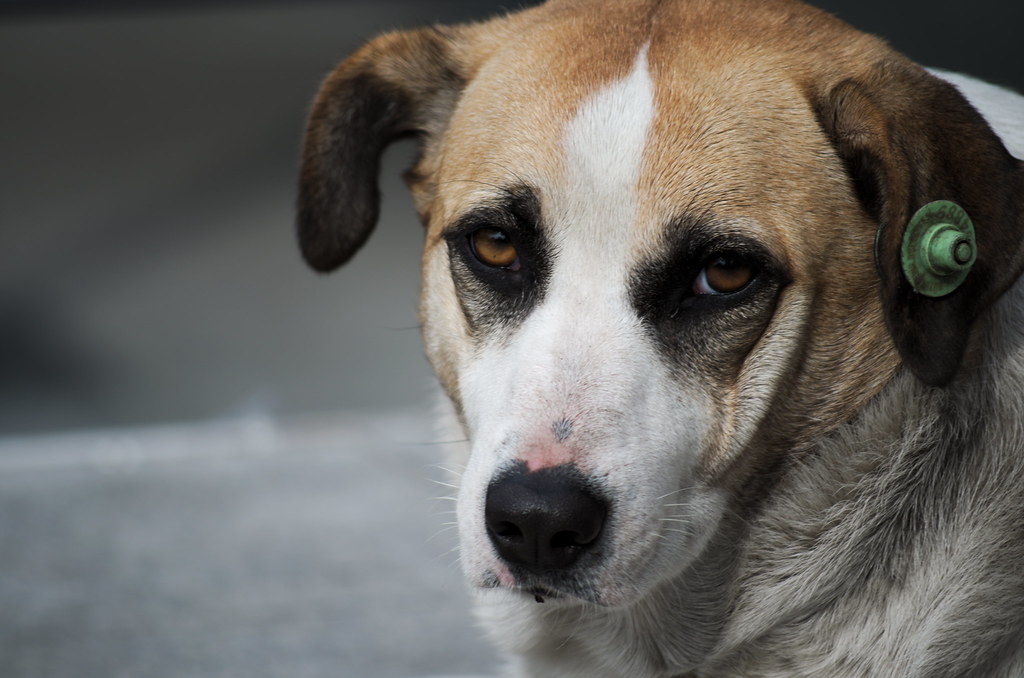
14. **Know When to Seek Professional Veterinary or Behavioral Support**We’ve covered a ton of amazing strategies and products, but let’s be honest: sometimes, even with our best efforts, our pets might still struggle. It’s absolutely vital to recognize when your pet’s anxiety or behaviors go beyond what you can manage at home, and when it’s time to call in the pros. Knowing when to seek professional veterinary or behavioral support is perhaps one of the most important steps of all.
If your pet is showing extreme anxiety despite all your preventative measures, or if you notice symptoms like shaking, drooling, vomiting, or a persistent refusal to eat, it’s crucial to consult with your veterinarian. These symptoms could indicate underlying medical problems that mimic separation anxiety, so a clean bill of health from the vet is your first step. “You can never be too safe,” the experts tell us, especially if your pet is in a “bad condition” when you return.
If your vet gives your pet a clean bill of health but the severe anxiety or problem behaviors persist, it’s definitely time to consult a professional behavior consultant or a certified dog trainer. These experts can provide individualized guidance, help you address specific behavior issues, and work through advanced training plans tailored to your pet’s unique needs and history. They can also offer support for pets experiencing canine cognitive dysfunction (dog dementia), which can sometimes manifest as separation anxiety.
In some cases, especially if your pet is at risk of self-injury due to escape attempts or excessive chewing, your veterinarian might recommend prescription anti-anxiety medications like fluoxetine or clomipramine. These can be valuable tools when used under professional guidance, offering an additional layer of support to help your pet cope. Remember, prioritizing your pet’s well-being means knowing when to get expert help for their advanced needs.
Read more about: Louie’s Heartfelt Goodbye: What His Silent Sorrow Teaches Us About Our Grieving Feline Friends
There you have it! A comprehensive guide to setting your beloved companion up for success, even when you’re not there. Life gets busy, but with these simple yet powerful steps – from consistent routines and comforting safe spaces to smart tech and knowing when to ask for professional help – you can transform solo hours into calm, happy times for your pet. Remember, a little preparation goes a long way in ensuring your furry friend feels loved, secure, and totally chill until you’re back home. Here’s to happy pets and peaceful pet parents!

